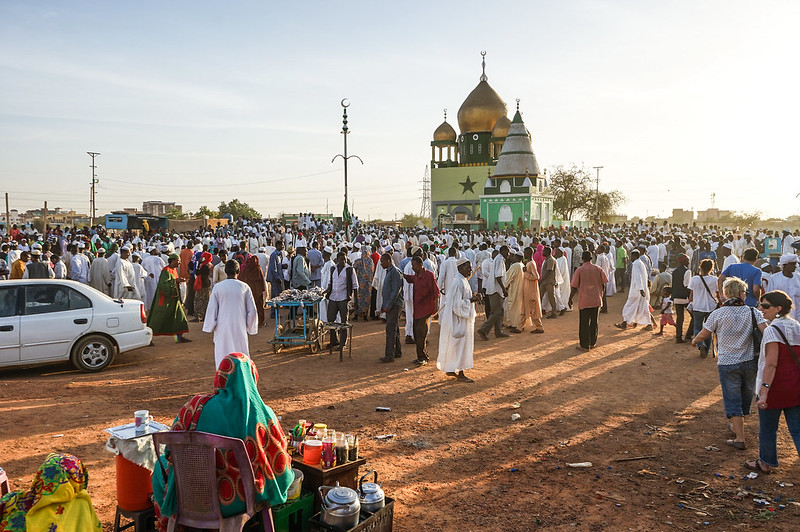 Ongoing conflicts in Sudan, Syria and Yemen have devastated public health institutions and affected millions. In Sudan, more than two-thirds of main hospitals are out of service, leaving 11 million people in need of urgent health care since April 2023. Syria faces a similar crisis, with more than 12.2 million people needing immediate medical attention due to inadequate health facility services. In Yemen, about 46% of health facilities are nonfunctional or partially operational, affecting 21.6 million people, at least two-thirds of the population. In response, the King Salman Humanitarian Aid and Relief Centre (KSRelief) is actively providing crucial support and resources to address these health care challenges.
Ongoing conflicts in Sudan, Syria and Yemen have devastated public health institutions and affected millions. In Sudan, more than two-thirds of main hospitals are out of service, leaving 11 million people in need of urgent health care since April 2023. Syria faces a similar crisis, with more than 12.2 million people needing immediate medical attention due to inadequate health facility services. In Yemen, about 46% of health facilities are nonfunctional or partially operational, affecting 21.6 million people, at least two-thirds of the population. In response, the King Salman Humanitarian Aid and Relief Centre (KSRelief) is actively providing crucial support and resources to address these health care challenges.
International Aid and Collaboration
On May 25, 2024, KSRelief signed an agreement with the World Health Organization (WHO) to fund WHO’s critical health response operations in Sudan, Syria and Yemen to the amount of $19.4 million. Before signing the funding agreement, both organizations worked extensively to alleviate the pain the people in Sudan, Syria and Yemen endured.
At Jordan’s Zaatari camp for Syrian refugees, KSRelief has been operating medical clinics where doctors have provided health care assistance, including treatment for sinus and middle ear infections, to 2,349 Syrian patients. Similarly, WHO has been reinforcing disease surveillance in Sudan and Yemen to help countries such as the Kingdom of Saudi Arabia respond effectively to the health crises in these countries. KSRelief’s funding support to WHO’s critical health operations in Sudan, Syria and Yemen facilitates medical care on the ground.
Funding Dialysis Treatments in Sudan
KSRelief’s efforts includes providing $5 million to supply 100 dialysis machines and strengthen dialysis centers in Sudan. Currently, 77 renal dialysis centers in Sudan are only partially functioning and cannot provide life-saving dialysis treatment for the Sudanese people. According to the International Society of Nephrology, there are approximately 8,000 Sudanese people and more who have been relying on dialysis to stay alive since the conflict started.
Healing Syria After the Earthquakes
On Feb. 6, 2023, a devastating earthquake in Syria destroyed many buildings, including essential hospitals and health clinics, affecting 8.8 million Syrians and resulting in the deaths of 5,954 Syrians. KSRelief supported WHO with a $4.75 million contribution to provide necessary medications and supplies to around 350,000 Syrians in need urgent health care. The funds allocated to Syria will also help WHO restore diagnostic capacity and ambulance services, assisting an estimated 4.1 million Syrians.
Countering Disease Outbreaks in Yemen
KSRelief is providing $9.5 million to support WHO’s operations in Yemen, focusing on strengthening responses to disease outbreaks like cholera and measles. Yemen currently faces over 40,000 suspected cholera cases and more than 34,000 cases of measles and rubella as of August 31, 2023. This funding also aims to help WHO enhance health care facilities in Yemen by improving their sanitation and hygiene services, thereby boosting their capacity to tackle disease outbreaks. These ongoing efforts are expected to benefit approximately 12.9 million Yemenis in urgent need of care due to the public health crisis.
Multilateral Collaboration to Address Critical Health Issues
KSRelief’s critical financial support to WHO’s health operations aims to ensure the safety of Sudanese, Syrian and Yemeni people who dream of a stable and secure future. The ongoing efforts highlight the impact multilateral collaboration between countries and organizations could have in addressing global health issues.
– Abdullah Dowaihy
Abdullah is based in Riyadh, Saudi Arabia and focuses on Good News and Global Health for The Borgen Project.
Photo: Flickr
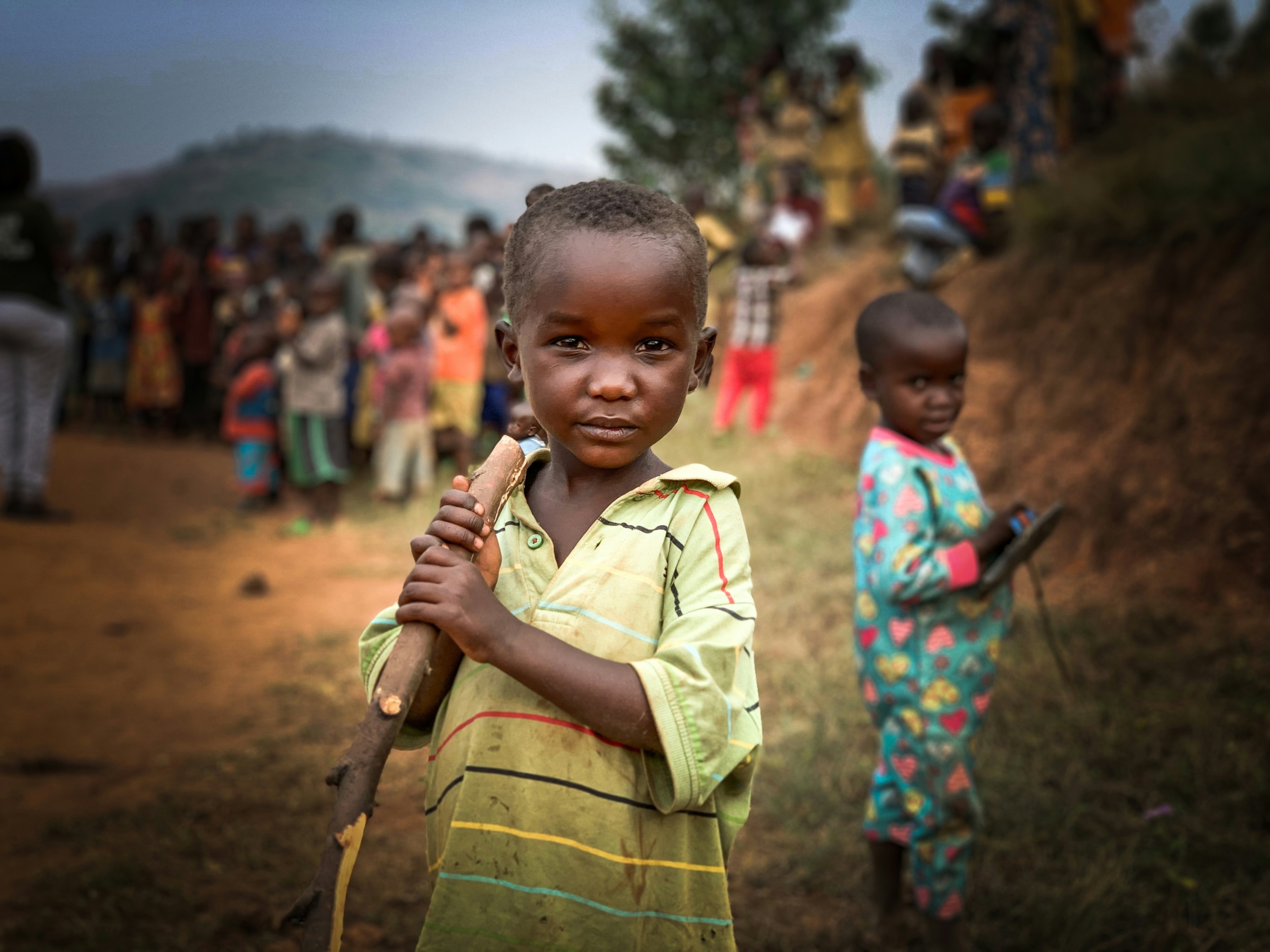 Rwanda is a small, hilly, landlocked country in sub-Saharan Africa with
Rwanda is a small, hilly, landlocked country in sub-Saharan Africa with 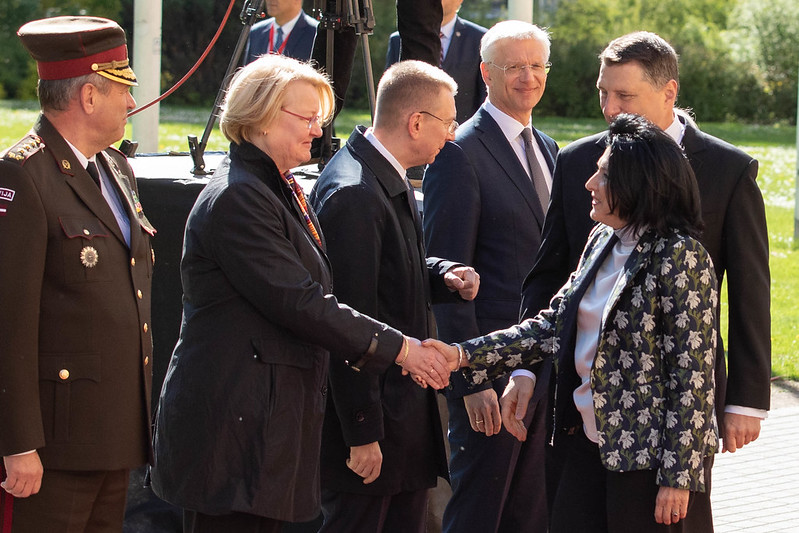
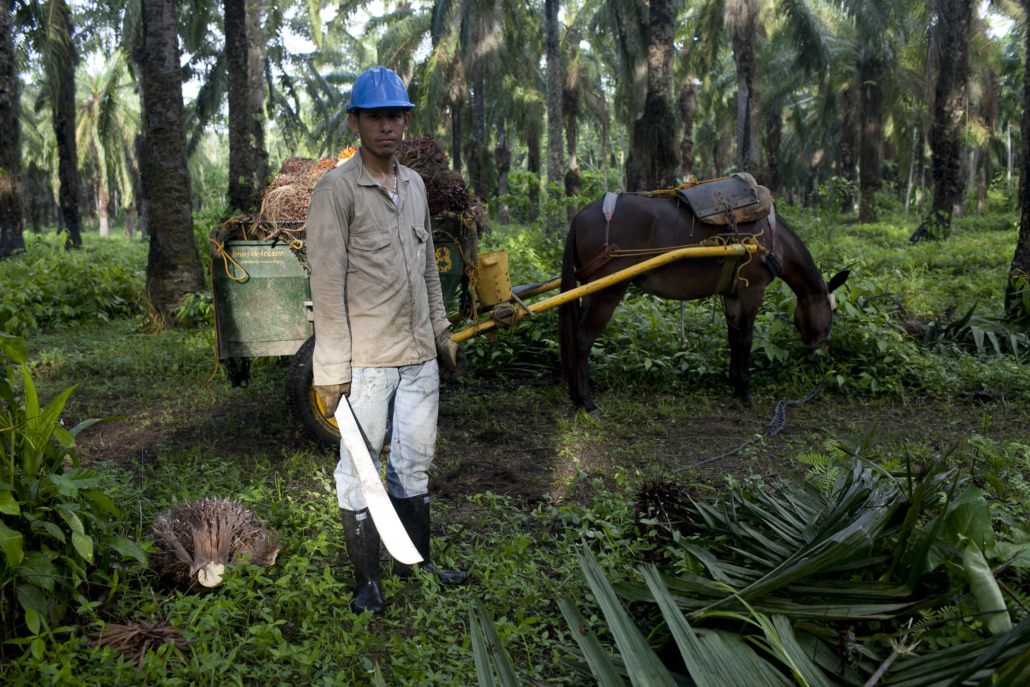 To understand the complexity of U.S. foreign aid to Colombia, it is necessary to examine the current state of the country’s internal conflict. U.S. aid to Colombia has historically focused on combating the drug trade in Buenaventura, as evidenced by initiatives
To understand the complexity of U.S. foreign aid to Colombia, it is necessary to examine the current state of the country’s internal conflict. U.S. aid to Colombia has historically focused on combating the drug trade in Buenaventura, as evidenced by initiatives 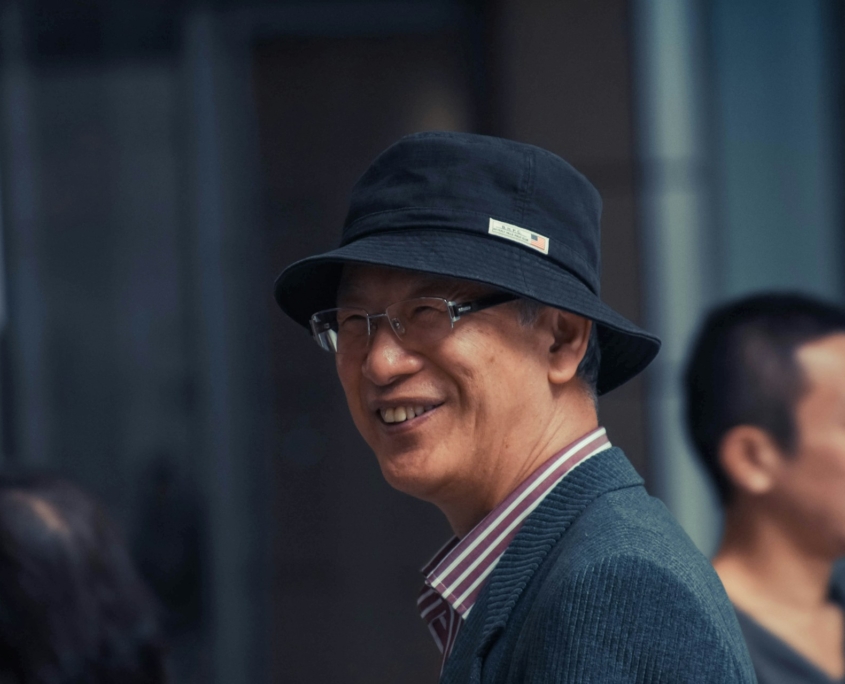 Japan, with its advanced social and economic markets, stands out in the East. However, neighboring countries continue to struggle with poverty. To address this, the country has
Japan, with its advanced social and economic markets, stands out in the East. However, neighboring countries continue to struggle with poverty. To address this, the country has 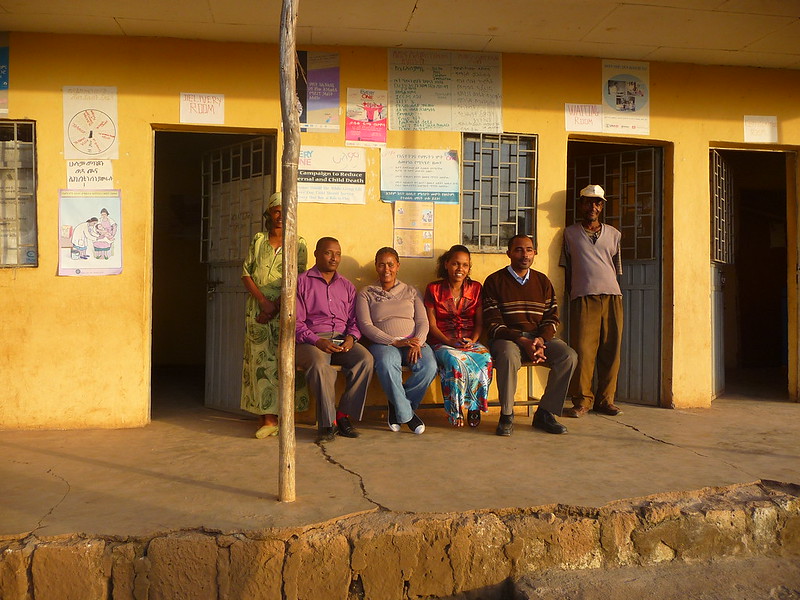 The United States (U.S.) has demonstrated its commitment to prioritizing
The United States (U.S.) has demonstrated its commitment to prioritizing 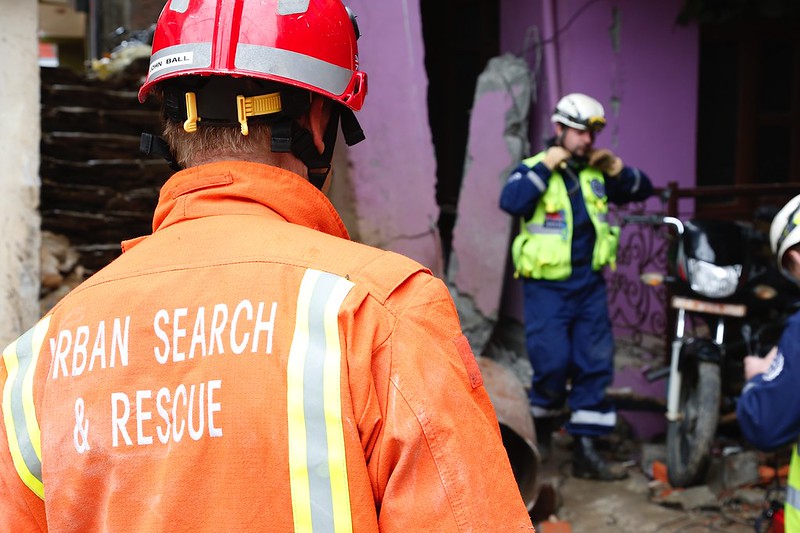
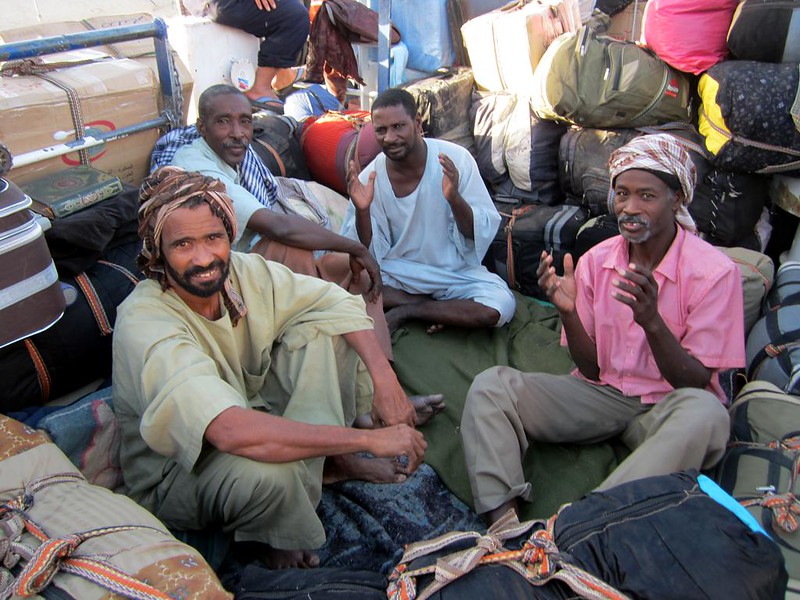 In March 2024, the Grain from Ukraine initiative, launched by President Zelenskyy in 2022, contributed 7,600 tonnes of wheat
In March 2024, the Grain from Ukraine initiative, launched by President Zelenskyy in 2022, contributed 7,600 tonnes of wheat 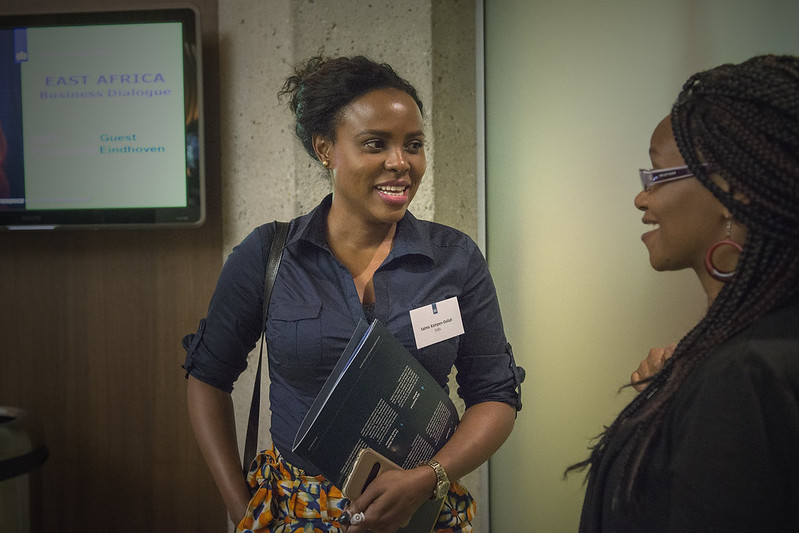 The
The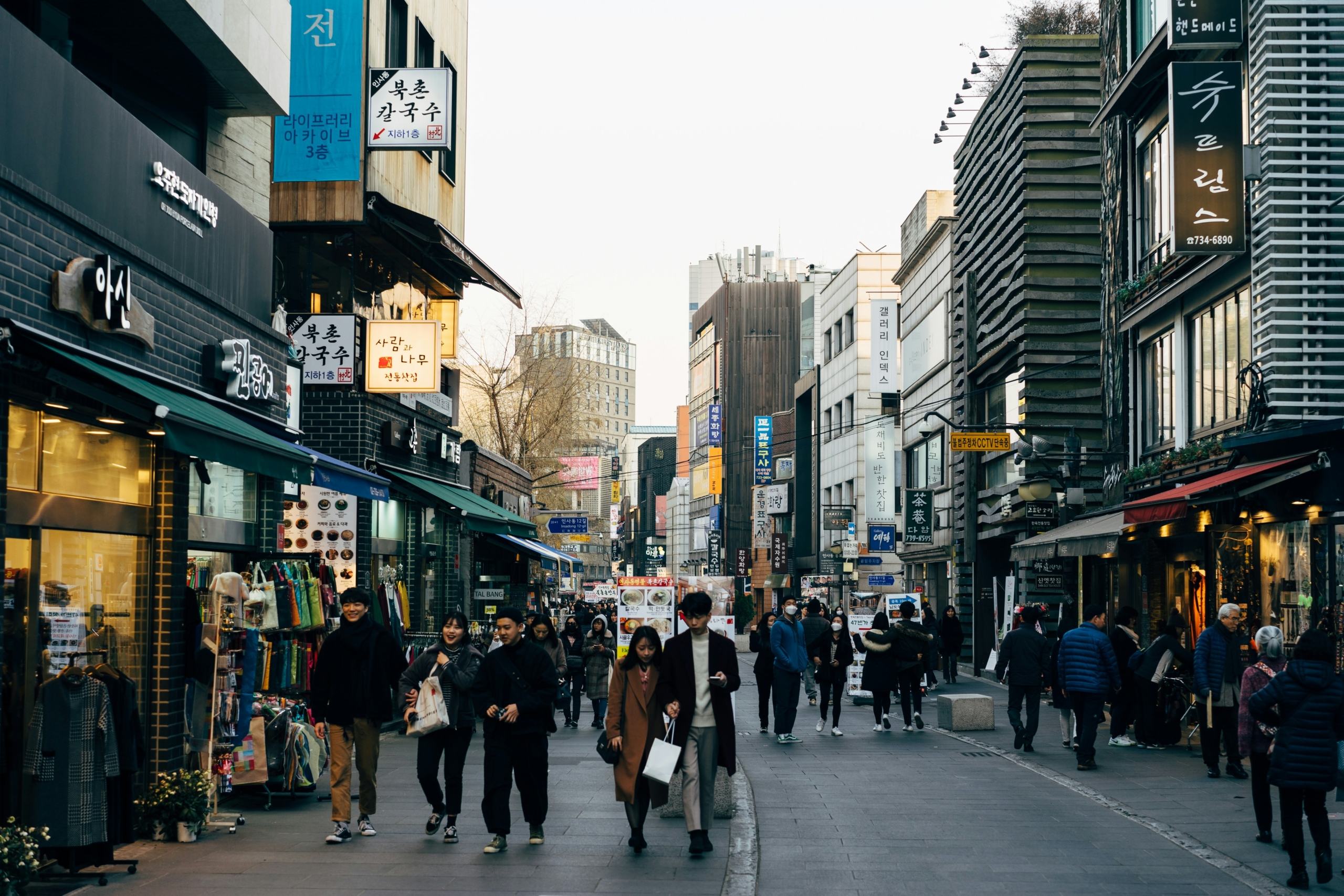 The Korean wave is taking the 21st century by storm with the world of K-pop, K-dramas and K-beauty. Within the context of this cultural phenomenon, this is how South Korea emerged as an influential global force and what it has done to tackle poverty reduction.
The Korean wave is taking the 21st century by storm with the world of K-pop, K-dramas and K-beauty. Within the context of this cultural phenomenon, this is how South Korea emerged as an influential global force and what it has done to tackle poverty reduction.